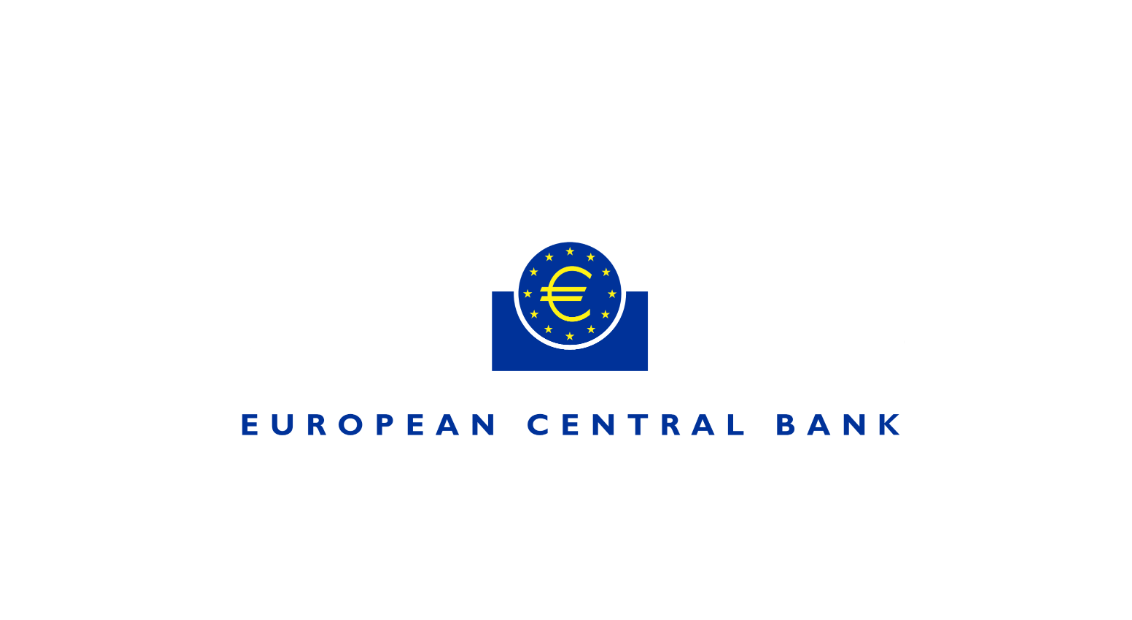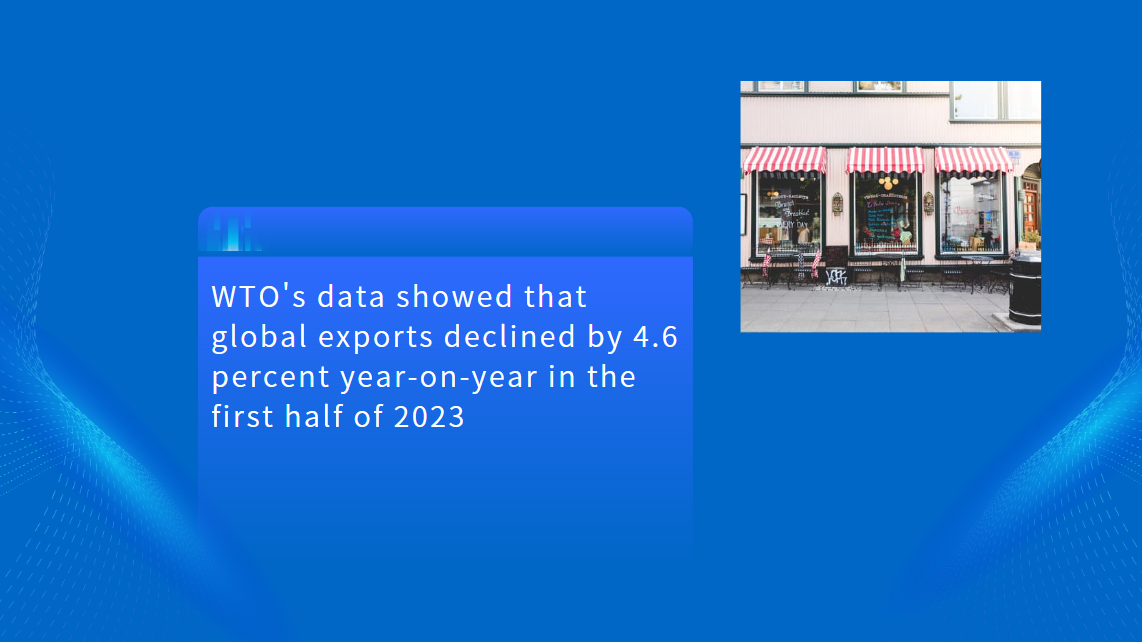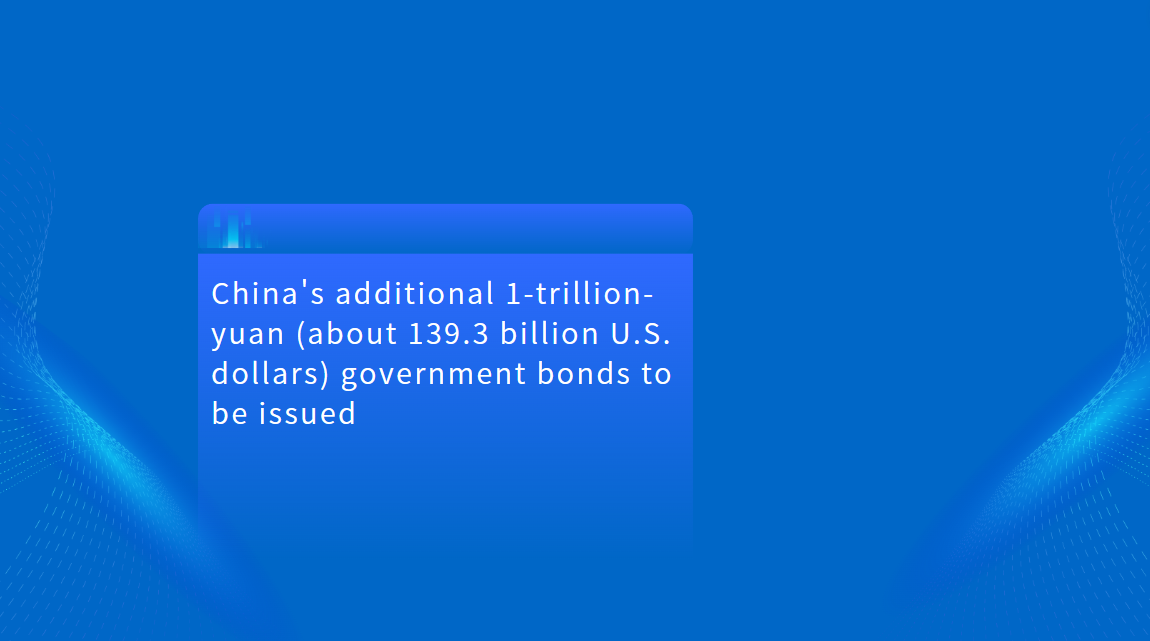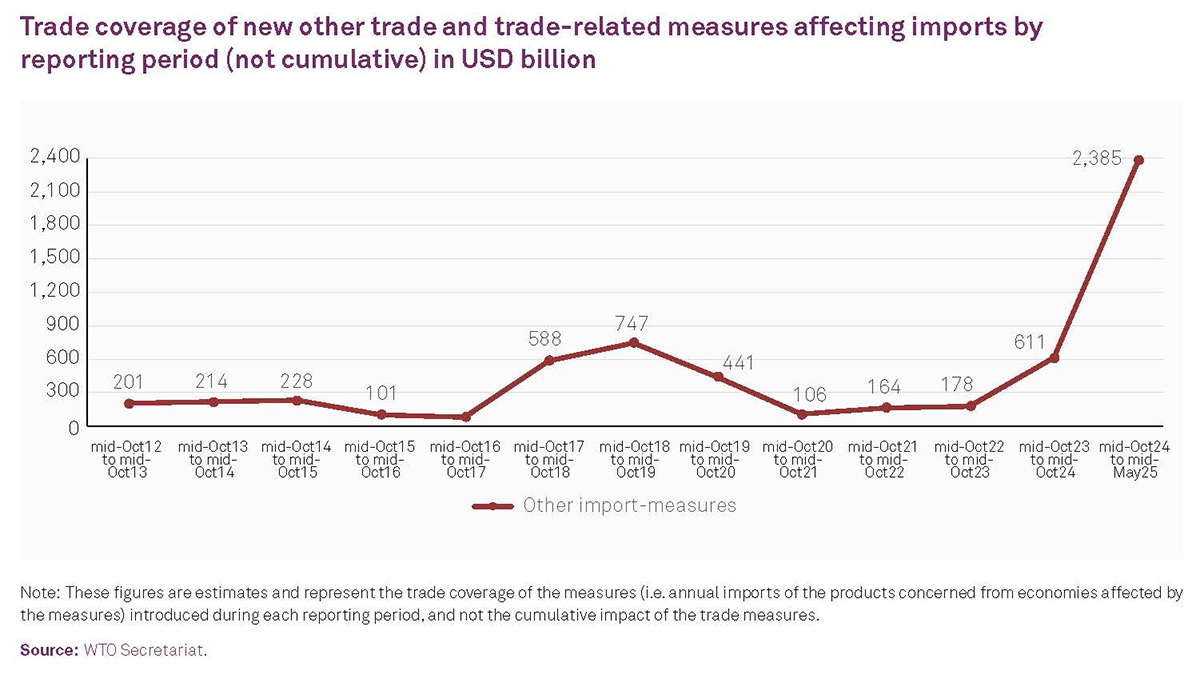Cross-Border Medical Data Exchange Between Shenzhen and Hong Kong Achieves Breakthrough Test
本文包含AI辅助创作内容
In a landmark step toward cross-border digital integration, the first successful test of the Shenzhen-Hong Kong Secure and Convenient Data Exchange Channelwas completed on July 1. Medical data from the University of Hong Kong–Shenzhen Hospital was securely transmitted to Hong Kong's eHealth system, marking a pivotal moment in the technical interconnectivity between the two cities.
For business leaders and professionals watching the Greater Bay Area (GBA), this development signals more than a healthcare innovation—it hints at a maturing cross-border data infrastructureunderpinned by regulatory alignment, privacy-preserving technology, and real-time application in public services.

A Secure Pathway for Medical Data Across Borders
Enabled by the National (Shenzhen-Qianhai) New Internet Exchange Center and jointly advanced by key authorities from both cities—including the Shenzhen Cyberspace Administration, Qianhai Authority, Hong Kong's Health Bureau, and Digital Policy Office—this “data express lane” aims to create a compliant, secure, and high-efficiency channelfor sensitive data to move between jurisdictions.
Powered by blockchain and privacy computing, the platform adopts a full-chain data governance model, ensuring:
End-to-end security
Regulatory compliance across borders
Real-time traceability and risk control
Enhanced personal data privacy protection
These safeguards are crucial in a region where data protection regulations differ significantly, yet where collaboration is increasingly necessary—particularly in healthcare, finance, and logistics.
From “Data Northbound” to “Data Southbound”
Until now, Hong Kong patients traveling to Shenzhen could carry their medical records manually for cross-border consultations—a process described by local stakeholders as “data northbound.” The new channel, however, marks the first success in enabling “data southbound”—allowing clinical records and imaging results to securely flow from Shenzhen back to Hong Kong's medical systems.
The goal? A seamless healthcare journey for residents of both regions.
“We envision a future where a Hong Kong patient can complete diagnostic scans in Shenzhen in the morning and return to Hong Kong for a follow-up consultation in the afternoon—with the results already on the doctor's screen,” said a representative of the University of Hong Kong–Shenzhen Hospital. “This is what cross-border medical integration should look like.”
Regulatory Alignment Meets Technological Innovation
The pilot builds upon the Memorandum of Cooperation on Promoting Cross-Border Data Flows in the Greater Bay Area, signed under the national framework for outbound data governance. Shenzhen and Hong Kong authorities are now discussing next-step scenariosfor expanding this channel's usage, including:
Electronic medical record sharing
Diagnostic imaging exchanges
Cross-border patient scheduling and management
Importantly, each use case is being designed to align with both cities'legal frameworks—ensuring mutual trust and operational compliance.
This model, if scaled, could serve as a reference for other international metropolitan zones exploring inter-jurisdictional data interoperability, such as Singapore–Johor or EU–UK health partnerships.
Implications for Cross-Border Businesses and Investors
The significance of this development extends beyond healthcare:
For digital infrastructure providers, it represents a practical use case of regulated data exchange—a growing concern in sectors like cloud services, fintech, and digital identity.
For investors, the Greater Bay Area's growing institutional maturity in data governance could reduce operational risks, making it an increasingly attractive testbed for cross-border business models.
For healthcare operators, this proves the feasibility of delivering joint services across cities without compromising on patient privacy or legal certainty.
The deepening of such data corridors will likely catalyze growth in AI-enabled diagnostics, telemedicine platforms, and insurance-tech, where real-time data access across jurisdictionsis mission-critical.
Toward a Unified GBA Health Ecosystem
With the success of this test, Shenzhen and Hong Kong appear poised to fast-track healthcare integration in the Greater Bay Area, a region home to over 86 million people and a GDP exceeding US$2 trillion.
The GBA's "elderly healthcare voucher scheme" and "pilot patient programs" already allow Hong Kong residents to receive services in select mainland hospitals. However, the missing link has always been data interoperability—now being addressed head-on through this secure transmission channel.
Ultimately, this initiative represents not just technological progress, but a step toward institutional convergence—making cross-border public services not only possible, but practically efficient.





















































First, please LoginComment After ~